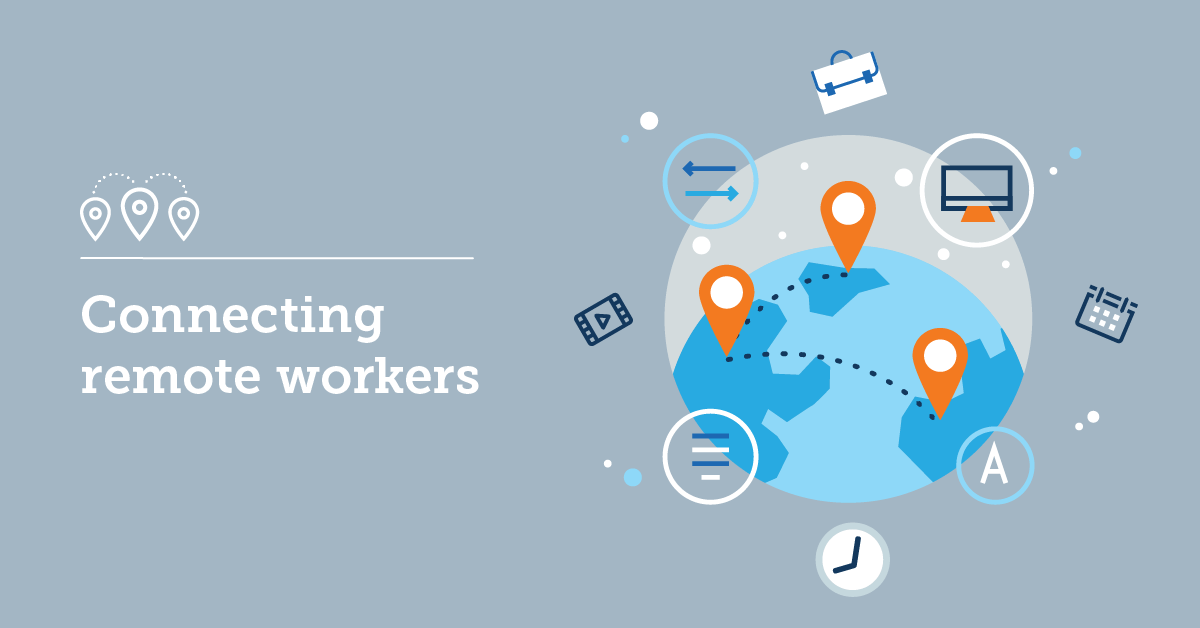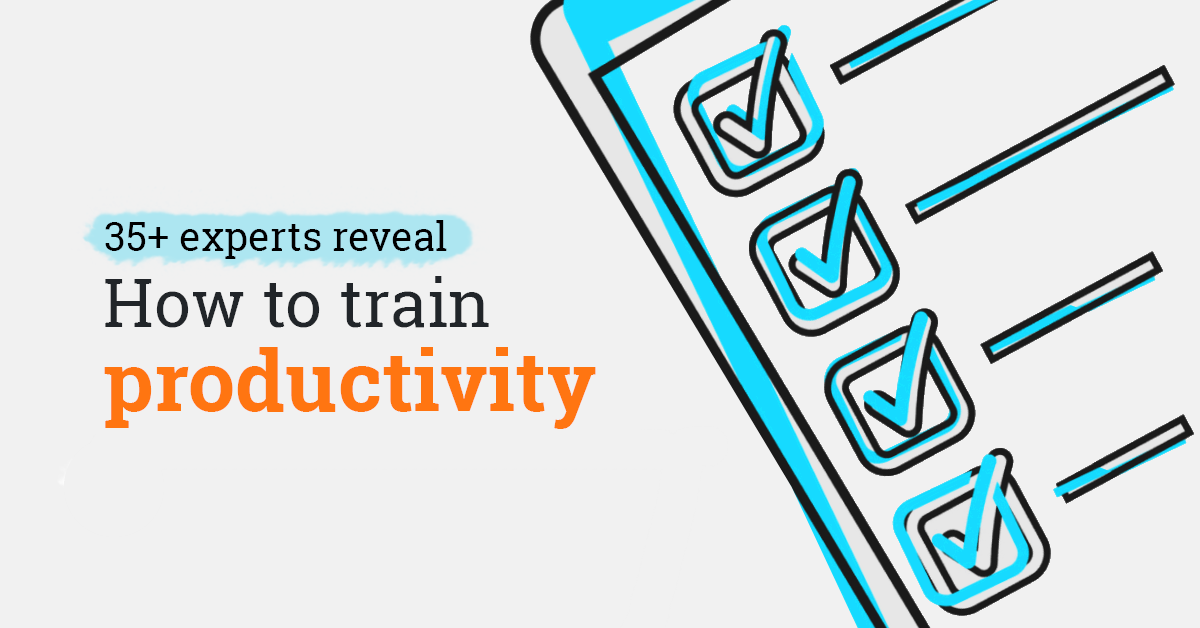Remote work, economic uncertainties, and evolving job expectations have shifted employees’ needs. If you want to remain competitive, you must ensure you provide a positive employee experience. And that may mean changes.
But how do you know if you’re on the right track?
First, you need to know how to measure employee experience. Then, once you know where you stand, you must be able to apply effective strategies for creating a better employee experience.
Why measure employee experience?
A positive employee experience can increase productivity, engagement, and retention. Being able to assess that experience benefits you in several important ways.
First, it can help you identify areas where your teams are struggling. Knowing what’s not working will let you see where you can make improvements. Happier workers are more productive and engaged, meaning better performance for your company.
Second, when you measure employee experience you attract and keep top talent. In today’s job market, people have more choices than ever before. They want companies that offer a positive work environment and a strong employee experience. Regularly gauging how you measure up will ensure you provide the best environment.
Third, to measure employee experience means improving your business’s reputation. A positive experience can lead to positive word-of-mouth, attracting new customers and partners. Track your scores to keep them high and build your company brand.
Factors influencing the employee experience today
So, what are the key factors that shape employee experience in today’s work environment? Let’s explore what impacts people’s work lives today.
- Company culture: The company culture is the foundation of the employee experience. A positive company culture is supportive and collaborative and values diversity and inclusion.
- Work environment: The work environment isn’t just the physical space. It also includes tools and resources available. It’s about the level of autonomy and flexibility people have, too.
- Work-life balance: A healthy work-life balance is essential for employee satisfaction and productivity. People need to feel like they have enough time for their personal lives outside of work.
- Opportunities for growth and development: People want to feel like they are growing and developing in their careers. They need to have chances to learn new skills and take on new challenges.
- Recognition and rewards: Team members want to feel appreciated for their contributions. They need to be recognized for their work and rewarded for their successes.
These factors have always been relevant. But recent changes to the working landscape changed the employee experience metrics that tell you if you’re meeting employee expectations in each.
For instance, remote and hybrid work settings have become increasingly common. And while remote work offers flexibility and autonomy, it also demands a different approach.
Also, job insecurity due to economic fluctuations adds new dynamics to watch for.
Let’s look at some of the metrics that will help you measure employee experience and overall success in today’s workplace.

5 employee experience metrics to apply in remote work settings
You need to use specific employee experience metrics and tools to measure employee experience in remote or hybrid work environments. Here are five key indicators to assess (including some recommended tools for employee experience measurement):
1. Employee satisfaction
Conduct regular surveys to understand employee satisfaction levels. Gather feedback and identify areas of improvement.
Remote team managers don’t have casual daily check-ins with their team. You’ll need to use formal measures to understand how people feel about the workplace.
You can use tools like Google Forms, SurveyMonkey, or specialized employee engagement platforms to collect insights when you measure employee experience.
2. Communication effectiveness
Gauge the efficiency of communication channels, both within teams and across the organization.
Communication across different locations and time zones is especially critical in keeping projects from falling through the cracks. And in helping managers navigate conflicts.
Transparent communication also reassures people in a fluctuating market.
Use formal surveys or focus groups to assess the accessibility of communication tools. And to check message clarity and the responsiveness of colleagues and managers.
3. Employee engagement
Remote work and job insecurity can leave people feeling isolated or unmotivated. You want to ensure they feel connected to their work and enthusiastic about it.
Evaluating engagement is one of the most crucial employee experience metrics you should consider. Use surveys, performance reviews, or observation. Enlist managers to conduct one-on-one conversations to better understand people’s feelings toward their jobs.
4. Work-life balance
Remote or hybrid models can blur the lines between home and work, leading to frustration, declining wellness, and burnout.
Prevent this imbalance when you measure employee experience by monitoring stress indicators using wellbeing apps or platforms. Track overtime hours and look for patterns that show people are moving toward burnout.
5. Professional development and growth opportunities
Assess the availability and effectiveness of learning and development. Look at upskilling programs, training sessions, and career advancement possibilities.
Learning and development is critical for employee satisfaction. But giving everyone equal access to training can be tricky when some or all of your team members work remotely.
Keep track of your team’s engagement with learning platforms. Measure their participation in developmental activities.
Keep your people engaged by investing in their career growth
Build custom learning paths and track their progress with TalentLMS.
The training platform that users consistently rank #1.
Analyzing the results
Once you’ve collected the data, it’s crucial to analyze and interpret the findings.
For the most comprehensive view of the employee experience, use various tools and techniques. Use the same tools and techniques over time to track changes in the employee experience.
This analysis will help you create targeted strategies to enhance the employee experience.
Also, share the results of your surveys and feedback with your team. Share how their feedback is being used to make improvements, creating a culture of continuous feedback and growth for a positive employee experience.
Strategies for a better employee experience
Once you’ve identified areas that need work, you can implement strategies to improve the employee experience. For example:
- Support employee wellbeing: Provide resources like mental health programs, wellness initiatives, and access to counseling services. Encourage people to take regular breaks, practice self-care, and maintain a healthy work-life balance.
- Set and respect boundaries: Establish boundaries by promoting work-life balance to improve the employee experience. Set realistic expectations, flexible schedules, and clear communication about off-hours availability. Encourage managers and teams to respect these boundaries and support a culture of work-life balance.
- Offer upskilling and growth opportunities: Offer virtual training sessions, mentorship programs, and access to online learning platforms. Encourage team members to gain skills and knowledge that align with their career aspirations. Support them in creating personalized development plans.
- Foster a sense of purpose: Communicate the impact of their contributions on the company’s goals and values. Encourage transparency and share success stories. And involve employees in decision-making to enhance their sense of ownership and purpose.
- Recognize and appreciate employee contributions: Regularly acknowledge and appreciate your team’s efforts and achievements. Start recognition programs, celebrate milestones, and create a culture of appreciation.
Meet TalentLibrary™
A growing collection of ready-made courses that cover the soft skills
your teams need for success at work
![]()

Implementing and monitoring initiatives for success
Measuring and improving the employee experience is an ongoing process. Best practices for measuring the employee experience require continuous monitoring and adjustment.
Once you’ve implemented strategies, regularly assess their effectiveness. Watch key metrics, conduct follow-up surveys, and ask for feedback to measure the impact of your initiatives.
If you notice that your initiatives aren’t working when you measure employee experience, you may need to adjust your strategies. Keep in mind that the employee experience is constantly evolving. You need to be willing to adapt your strategies as the needs of your team change.
The employee experience is all about creating a workplace where people feel valued, respected, and supported. A positive experience will benefit your employees, company, and customers.
| Tags: Employee Experience,Learner Experience,Remote Employees



